A Closer Look at Europe
Europe Flag

Europe Capital Name
- France - Paris
- Germany - Berlin
- Italy - Rome
- Spain - Madrid
- United Kingdom - London
- Austria - Vienna
- Netherlands - Amsterdam
- Greece - Athens
- Portugal - Lisbon
- Belgium - Brussels
Europe Neighbours
 Albania
Albania Andorra
Andorra Austria
Austria Bailiwick of Jersey
Bailiwick of Jersey Belarus
Belarus Belgium
Belgium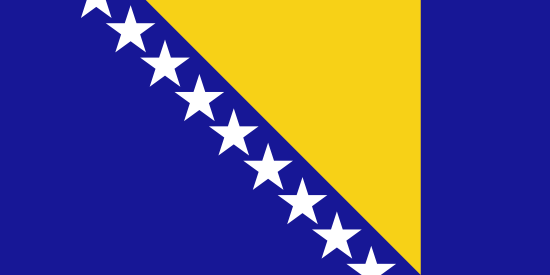 Bosnia and Herzegovina
Bosnia and Herzegovina Bulgaria
Bulgaria Croatia
Croatia Cyprus
Cyprus Czech Republic
Czech Republic Denmark
Denmark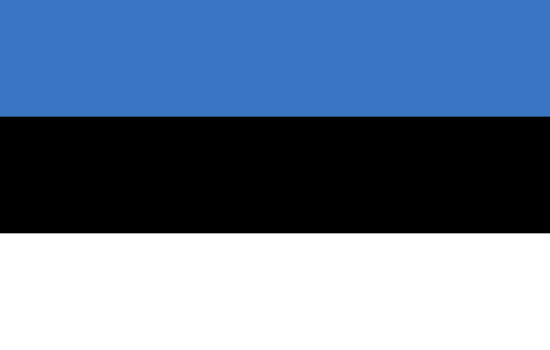 Estonia
Estonia Faroe Islands
Faroe Islands Finland
Finland France
France Germany
Germany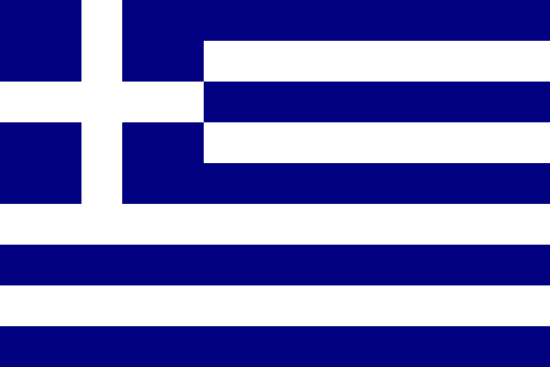 Greece
Greece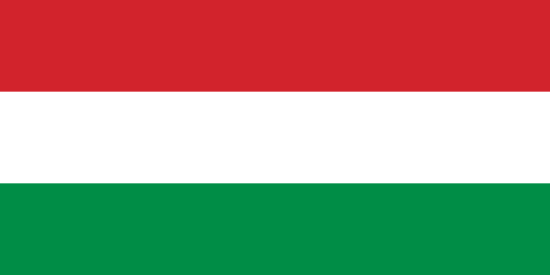 Hungary
Hungary Iceland
Iceland Ireland
Ireland Italy
Italy Kosovo
Kosovo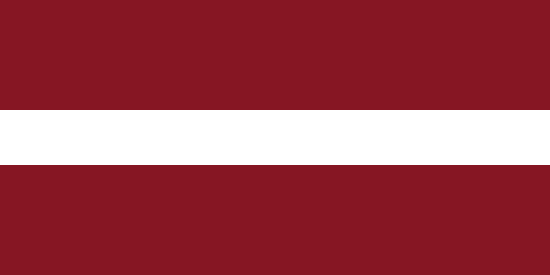 Latvia
Latvia Liechtenstein
Liechtenstein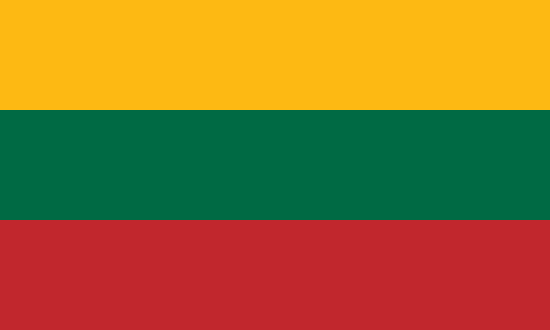 Lithuania
Lithuania Luxembourg
Luxembourg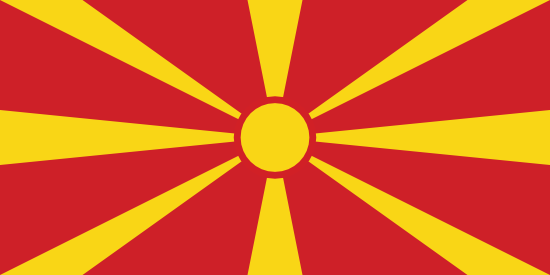 Macedonia
Macedonia Malta
Malta Montenegro
Montenegro Netherlands
Netherlands Norway
Norway Poland
Poland Portugal
Portugal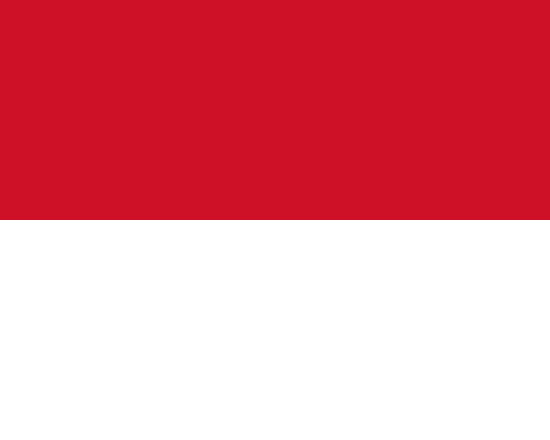 Principality of Monaco
Principality of Monaco Republic of Moldova
Republic of Moldova Romania
Romania Russian Federation
Russian Federation San Marino
San Marino Serbia
Serbia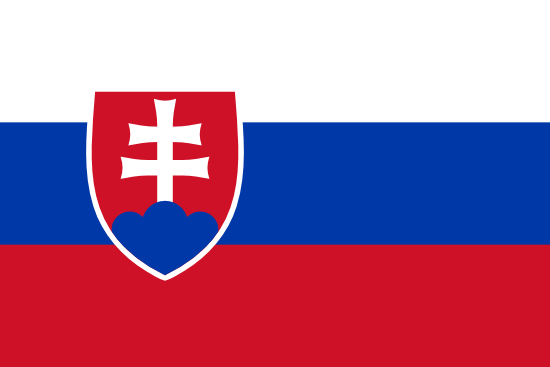 Slovakia
Slovakia Slovenia
Slovenia Spain
Spain Sweden
Sweden Switzerland
Switzerland The Isle of Man
The Isle of Man Turkey
Turkey Ukraine
Ukraine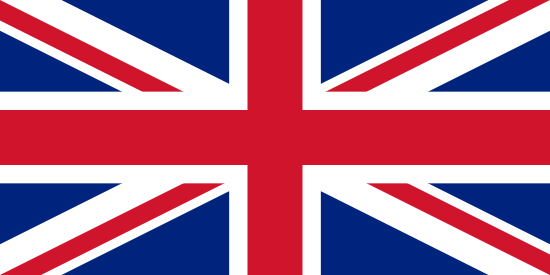 United Kingdom
United Kingdom Vatican City State
Vatican City State
Exploring Europe
Origin of Europe
Europe is one of the seven continents of the world, located in the northern and eastern hemispheres. The history of Europe dates back thousands of years, with the earliest known human presence being discovered in the area as far back as 1.2 million years ago. It is believed that the first people to inhabit Europe were nomads from Central Asia who migrated from East to West, across the land bridge between Europe and Asia. This migration was known as the Indo-European migration, and it is thought that it is this migration which caused the development of the various Indo-European languages, which are still in use today in many parts of the world.Culture
European culture has been shaped by many factors throughout history including war, religion, and exploration. Throughout the centuries, European countries have been at the forefront of innovation, art, science, and philosophy. European culture is built on a shared history and many similarities, yet it is composed of dozens of individualistic and distinctive national identities, each with its own unique customs ethnic and religious beliefs. The culture of Europe also encompasses a variety of music, languages, art and literature, as well as different values and beliefs. Europe is home to some of the world's most famous and long-lasting monuments, including the Eiffel Tower in France, the Acropolis in Greece and the Colosseum in Italy.Sport
Sports are very popular in Europe, with a few former Olympic powers leading the way. Soccer is widely regarded as the most popular sport in Europe, boasting some of the most successful international teams in history. Other popular sports include basketball, tennis, rugby, and cricket, with some countries having a particular affinity for certain sports. Europeans are passionate about sports, as evidenced by the large crowds often seen at matches and competitions within the different countries in Europe. One of the most prestigious events in Europe is the UEFA Champions League, which features the best teams from Europe competing in a tournament.Religion
Religion has played a significant role in the history of Europe. Christianity is the largest religion in Europe, with Roman Catholicism being the largest denomination. Non-Christian beliefs are also found in the region, including Islam, Judaism, Buddhism, and Hinduism. Religion has been a source of conflict and unity. The Reformation and Counter Reformation were two of the most influential religious movements in Europe, leading to the large number of denominations within Christianity. In more recent times, religious diversity has increased in Europe due to immigration from other regions.Languages
Europe is multilingual, with a variety of languages spoken in the area. Romance languages, such as French, Spanish, and Italian, are the most widely spoken. English is also a popular language and is spoken in many countries as the majority or official language, including the United Kingdom, Ireland, and Malta. Other languages spoken in Europe include German, Dutch, Portuguese, Swedish, Danish, Norwegian, Finnish, Polish, Czech, and Greek.Education
Education is highly valued in Europe, with a well-developed education system in place in most countries in the region. Education is free and compulsory in most countries, with only the smallest countries having no official education system. Primary and secondary level education is followed by tertiary level education, with universities and colleges being popular destinations for those wishing to pursue higher academic qualifications.Demographics
Europe is the third most populous continent in the world, with a total population of approximately 742 million people in 2018. France is the most populous country in Europe, followed by Germany and the United Kingdom. Europe is home to various ethnic groups, including Europeans, Asians, Turkish people, and Arabs, among others. The dominant languages in Europe are a mix of Romance languages, Germanic languages, and Slavic languages.Commerce
European nations have historically been major powers in global trade and commerce, with many of them having a large presence in the global economy. Several Europe nations are part of the G7 nations, which are the most important economies in the world. Many large companies headquartered in Europe have a significant global presence, including Siemens, Volkswagen, HSBC, Total S.A., Volvo, and British Petroleum, to name a few. The manufacturing and services sectors are the largest contributors to the GDP in Europe.Weather
The weather in Europe varies greatly throughout the year, with the weather being influenced by the Atlantic Ocean and the Mediterranean Sea. Generally, the warmest summer months are July and August, while the coldest winter months are December and January. In some parts of Europe, the weather can be quite extreme, with high temperatures in the summer and cold winters with snowfall. In southern countries such as Spain and Italy, the climate is milder and the temperatures usually remain in the 20s and 30s throughout the year.Borders
Europe is bordered by many different countries including Russia, Turkey, Ukraine, Malaysia, Kazakhstan, Kyrgyzstan, Azerbaijan, Georgia, Armenia, and the countries of the Mediterranean. Europe is home to several mountain ranges including the Alps, the Pyrenees, and the Carpathian mountains. There are also many long-standing treaties that guarantee freedom of movement among many of the European countries, allowing for easy travel and commerce between them. Europe is physically separated from Asia by the Ural, Caucasus, and Caspian mountains as well as the Black Sea, Bosphorus Strait, and the Mediterranean Sea.Europe Highest Point Name
The highest peak in Europe is Mount Elbrus, located in the Caucasus Mountains in southern Russia. It stands at 5,642 metres (18,510 feet) above sea level.
Europe Official Languages
There is no one single answer to this question as each country in Europe has its own official language or languages. Out of the 51 countries in Europe, 24 of them have English as an official language. Other common official languages in Europe include French, German, Spanish, Portuguese, Italian, Dutch, and Greek.
Europe Ethnic Groups
European ethnic groups vary regionally, but include: Germans, French, British, Irish, Spanish, Italians, Poles, Russians, Greeks, Swedes, Norwegians, Danes, Belgians, Dutch, Bulgarians, Finns, Hungarians, Swiss, Turks, Czechs, Ukrainians, Slovaks, Albanians, Serbs, Bosnia and Herzegovina, Croats, Lithuanians, Latvians, Romanians, Slovenians, Macedonians, Montenegrins, Estonians, and Albanians. Additionally, there are numerous indigenous ethnic groups such as Roma and Sámi.
Europe Religions
The most common religions in Europe include Christianity, with an overwhelming majority being Roman Catholic or Protestant. Other popular religions in certain countries include Eastern Orthodoxy, Islam, Judaism, Hinduism, Sikhism, and Buddhism. According to the European Union's Eurobarometer 2010, 75% of people in the EU believe in a religion, with Catholicism claiming the largest proportion. The United Kingdom is largely Protestant, with the Church of England holding a prominent role, while other religions including Islam, Judaism, and Sikhism also have significant followings there.
Europe Total Area
The total area of all the European countries in the world is 10,180,000 square kilometers (3,930,000 square miles).
Europe Land Area
The land area of European countries is highly varied, ranging from the tiny Vatican City (at just 0.44 km2) to the expansive Russian Federation (at 17,098,242 km2). Other large countries which make up much of Europe's land mass include France (547,026 km2) and Ukraine (603,550 km2).
Europe Water Area
The European country with the largest water area is Russia, which has an area of approximately 7,672,400 square kilometers. Other large bodies of water in Europe include the Mediterranean Sea, the Caspian Sea, the Black Sea, the North Sea, the Baltic Sea, and a variety of other smaller bodies of water.
Europe Total Population
According to the World Bank, the estimated total population of Europe as of mid-2019 was 743,207,521.
Europe Currency Name
The main currency used in most European countries is the Euro (symbol: €). Some European countries, such as the United Kingdom, Switzerland, and Norway, still use their own national currencies. The pound sterling (symbol: £) is used in the UK, the Swiss franc (symbol: CHF) is used in Switzerland, and the Norwegian krone (symbol: NOK) is used in Norway.
Europe Currency Code
The currency code of a European country will depend on the country. Some of the most common European currency codes include EUR for the Euro (used by much of the Eurozone), GBP for the British Pound, CHF for the Swiss Franc, and SEK for the Swedish Krona.
Europe Currency Symbol
The currency symbols for European countries vary, depending on the country:
- Austria: € (Euro)
- Belgium: € (Euro)
- Bulgaria: лв (Bulgarian Lev)
- Croatia: kn (Croatian Kuna)
- Cyprus: € (Euro)
- Czech Republic: Kč (Czech Koruna)
- Denmark: kr (Danish Krone)
- Estonia: € (Euro)
- Finland: € (Euro)
- France: € (Euro)
- Germany: € (Euro)
- Greece: € (Euro)
- Hungary: Ft (Hungarian Forint)
- Ireland: € (Euro)
- Italy: € (Euro)
- Latvia: € (Euro)
- Lithuania: € (Euro)
- Luxembourg: € (Euro)
- Malta: € (Euro)
- Netherlands: € (Euro)
- Poland: zł (Polish Zloty)
- Portugal: € (Euro)
- Romania: lei (Romanian Leu)
- Slovakia: € (Euro)
- Slovenia: € (Euro)
- Spain: € (Euro)
- Sweden: kr (Swedish Krona)
- United Kingdom: £ (British Pound)
Europe Calling Code
The country calling codes for European countries vary depending on the country. Some examples include:
- France: +33
- Germany: +49
- Italy: +39
- United Kingdom: +44
- Spain: +34
- Poland: +48
- Norway: +47
- Sweden: +46
- Russia: +7
How to Say "Europe" In Different Languages?
- Austrian
- Europa (de-AT)
- Bulgarian
- Европа (bg-BG)
- Croatian
- Europa (hr-HR)
- Czech
- Evropa (cs-CZ)
- Danish
- Europa (da-DK)
- Finnish
- Eurooppa (fi-FI)
- French
- Europe (fr-FR)
- German
- Europa (de-DE)
- Greek
- Ευρώπη (el-GR)
- Hungarian
- Európa (hu-HU)
- Hebrew
- אירופה (he-IL)
- Italian
- Europa (it-IT)
- Lithuanian
- Europa (lt-LT)
- Dutch
- Europa (nl-NL)
- Polish
- Europa (pl-PL)
- Portuguese
- Europa (pt-PT)
- Romanian
- Europa (ro-RO)
- Slovak
- Európa (sk-SK)
- Spanish
- Europa (es-ES)
- Swedish
- Europa (sv-SE)
- Turkish
- Avrupa (tr-TR)
Europe Popular Holidays
- New Year's Day
- 1 January
- Valentine's Day
- 14 February
- Mardi Gras
- 25 February
- Easter
- 4 April
- Labor Day
- 1 May
- Ascension Day
- 13 May
- Whit Monday
- 24 May
- Flag Day
- 27 May
- Father's Day
- 20 June
- Independence Day
- 14 July
- Assumption Day
- 15 August
- Oktoberfest
- 18 September (3 October)
- Halloween
- 31 October
- Remembrance Day
- 11 November
- Thanksgiving
- 25 November
- Christmas Eve
- 24 December
- Christmas
- 25 December
- Boxing Day
- 26 December

















